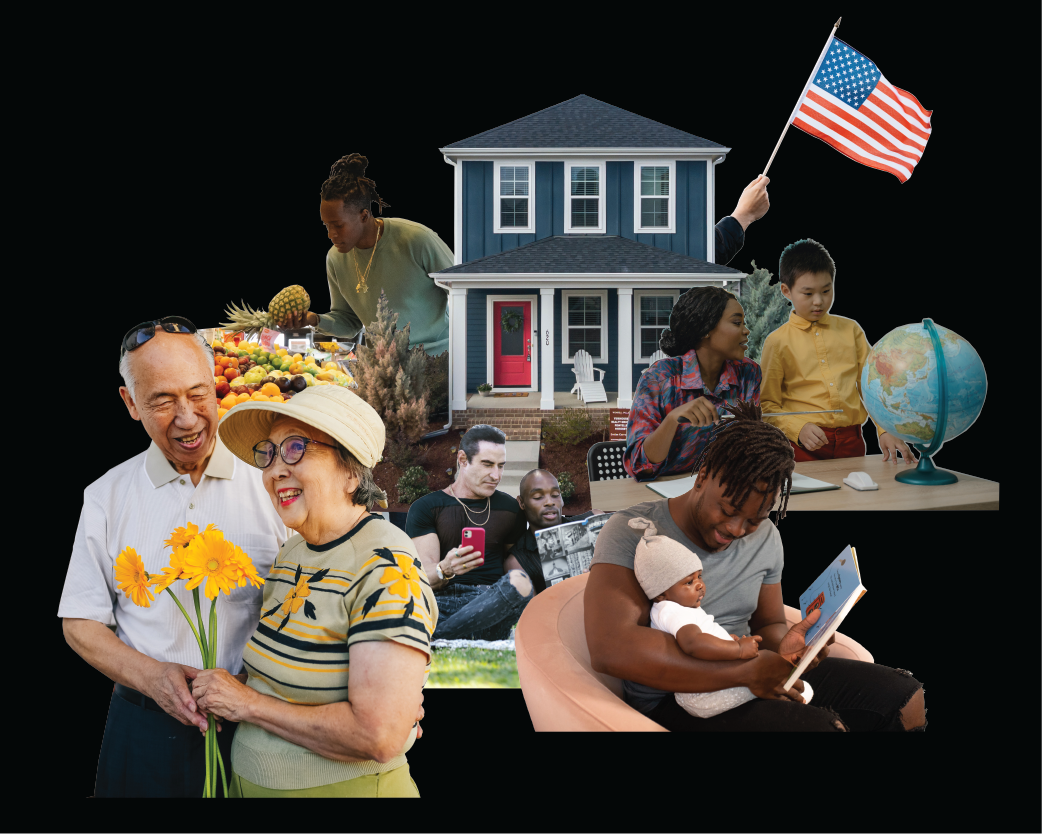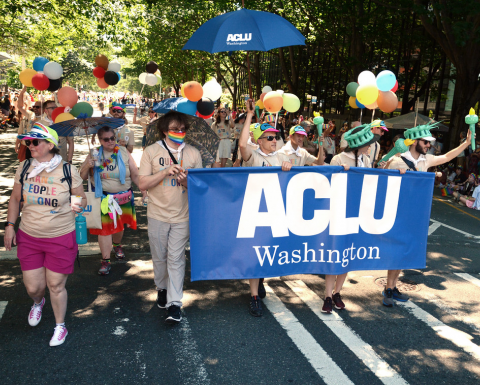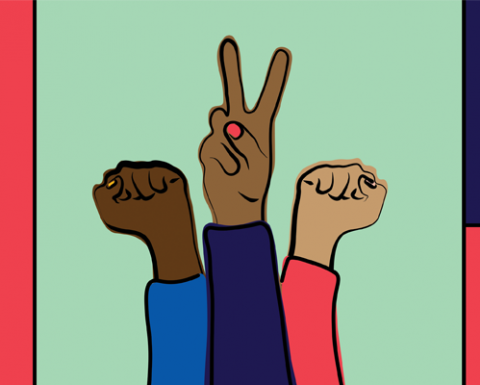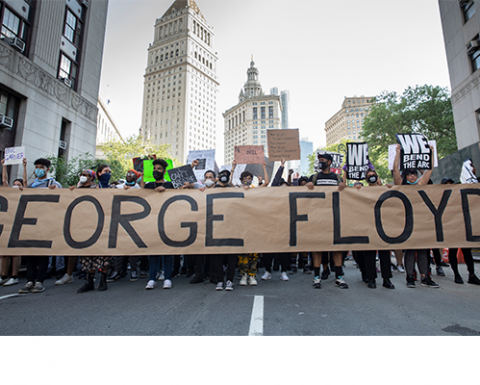Published:
Wednesday, September 20, 2023
On any ordinary day in Washington, we can find a young girl, whose feet don’t hit the ground and who still hearts her “I”s, sitting in court. She is only 12 and is being criminally prosecuted for a crime she hardly understands. To make matters more complicated, her mother took unpaid time off work, risking her ability to put food on her family’s table for one more day. This girl will be sent to Echo Glen Children’s Center, Washington’s youth prison for young girls and boys, with a juvenile criminal record, and fines and fees her mom will soon have to figure out how to pay. She will be deprived of her childhood, her community, and will face lifelong consequences, including trauma, social stigma, court debt, and potential contact with the adult criminal legal system. Unfortunately, this story is way too common. It’s time we changed the narrative.
For decades, Washington has invested in increasingly harsher punishment as the solution to public safety. Children as young as 14 can be charged as adults and children as young as eight can be charged in juvenile court. Since the late 1970s, Washington’s prison population has more than tripled. Today, almost half of all people in Washington state prisons are serving a sentence of 10 or more years. Of those, 16.8% are serving a life sentence and 4% are serving a life without parole sentence. Black and Indigenous people are significantly over-represented among people receiving long and life sentences in Washington.
This overinvestment in punishment has devastated our communities and created a mass incarceration crisis in our state. If locking people up and throwing away the key worked, we would be the safest country in the world. The simple truth is, we are not.
In this blog series, we’ll explore the origins of our current criminal legal system. We’ll examine the impact this sprawling system has had on our families, schools, and communities. We’ll ask tough questions about what actually keeps us safe.
We’ve been sold the lie that more enforcement and harsher punishments make communities safer, but the opposite rings true. By the time the criminal legal system makes contact with a community, the harm has already been done. To truly make communities safer, we need to go further upstream, to ensure the harm never occurs in the first place.
How do we do this? By investing in the pillars of healthy communities: education, economic stability, health care, built environment, and community. Public health practitioners refer to these pillars as social determinants of health. They are the conditions in which people are born, grow, work, live, and age, and the wider set of forces and systems shaping the conditions of daily life. Research has long confirmed the link between public health and crime, concluding that focusing on purely punitive approaches to criminal behavior ends up missing the mark entirely.
When we invest in education, we are allowing our youngest minds to dream and aspire to their true potential. When we invest in health care, we ensure everyone has access to basic medical care and never goes bankrupt accessing care, including mental health care. When we invest in economic stability, we are undoing the wrongs of hundreds of years of economic suppression of Black, Indigenous and people of color. When we invest in the built environment, via infrastructure or development of housing, we are ensuring communities remain safe from displacement and can remain where their cultural roots are. And lastly, when we invest in community, we are building a culture of care for each other and a reminder that when one of us is harmed, all of us are harmed.
For decades, Washington has invested in increasingly harsher punishment as the solution to public safety. Children as young as 14 can be charged as adults and children as young as eight can be charged in juvenile court. Since the late 1970s, Washington’s prison population has more than tripled. Today, almost half of all people in Washington state prisons are serving a sentence of 10 or more years. Of those, 16.8% are serving a life sentence and 4% are serving a life without parole sentence. Black and Indigenous people are significantly over-represented among people receiving long and life sentences in Washington.
This overinvestment in punishment has devastated our communities and created a mass incarceration crisis in our state. If locking people up and throwing away the key worked, we would be the safest country in the world. The simple truth is, we are not.
In this blog series, we’ll explore the origins of our current criminal legal system. We’ll examine the impact this sprawling system has had on our families, schools, and communities. We’ll ask tough questions about what actually keeps us safe.
We’ve been sold the lie that more enforcement and harsher punishments make communities safer, but the opposite rings true. By the time the criminal legal system makes contact with a community, the harm has already been done. To truly make communities safer, we need to go further upstream, to ensure the harm never occurs in the first place.
How do we do this? By investing in the pillars of healthy communities: education, economic stability, health care, built environment, and community. Public health practitioners refer to these pillars as social determinants of health. They are the conditions in which people are born, grow, work, live, and age, and the wider set of forces and systems shaping the conditions of daily life. Research has long confirmed the link between public health and crime, concluding that focusing on purely punitive approaches to criminal behavior ends up missing the mark entirely.
When we invest in education, we are allowing our youngest minds to dream and aspire to their true potential. When we invest in health care, we ensure everyone has access to basic medical care and never goes bankrupt accessing care, including mental health care. When we invest in economic stability, we are undoing the wrongs of hundreds of years of economic suppression of Black, Indigenous and people of color. When we invest in the built environment, via infrastructure or development of housing, we are ensuring communities remain safe from displacement and can remain where their cultural roots are. And lastly, when we invest in community, we are building a culture of care for each other and a reminder that when one of us is harmed, all of us are harmed.




